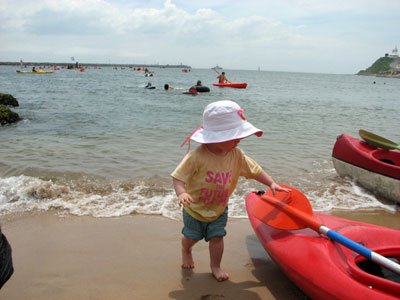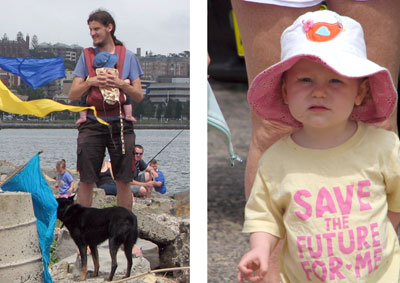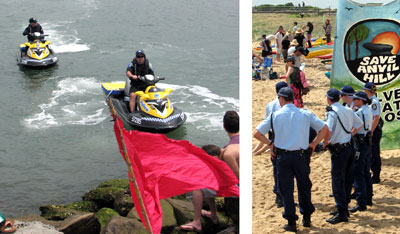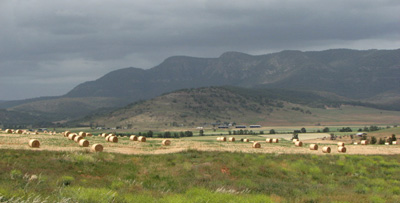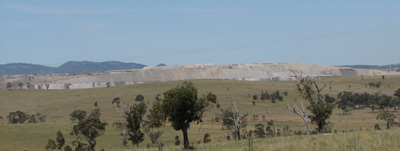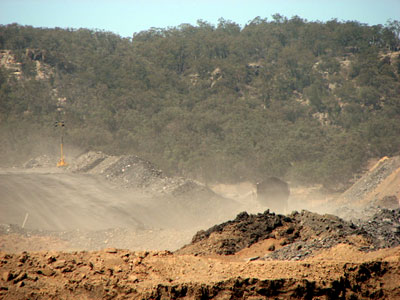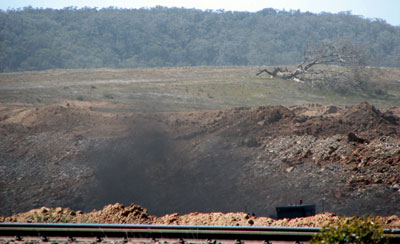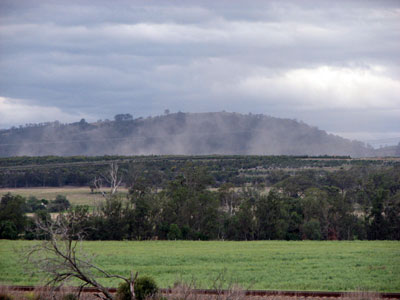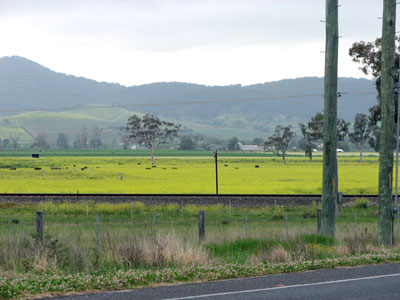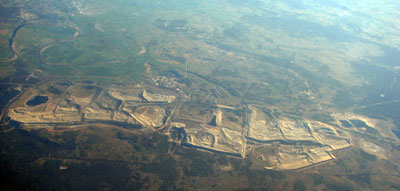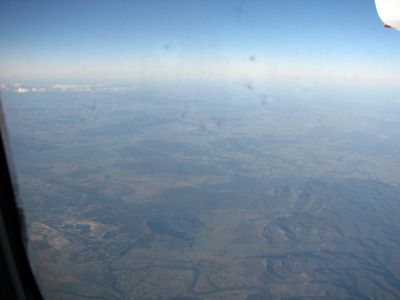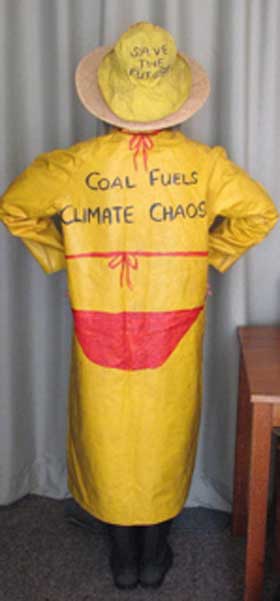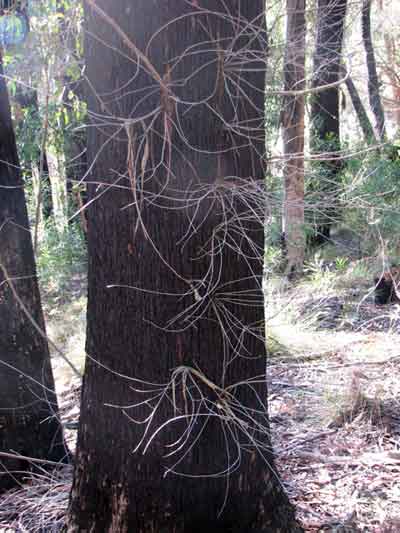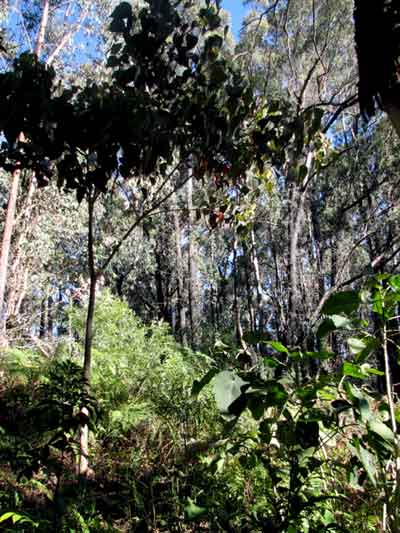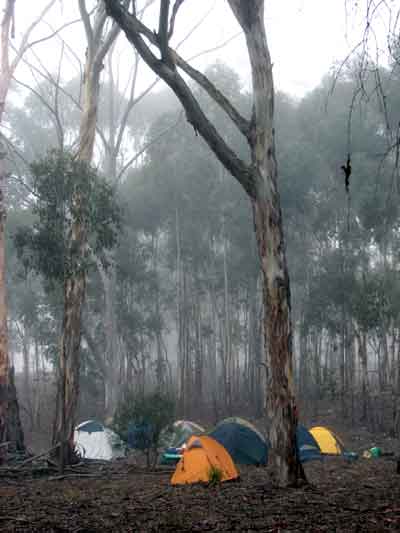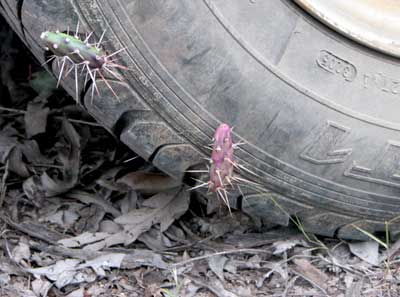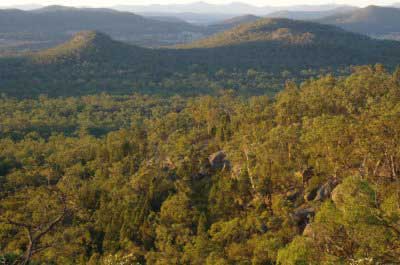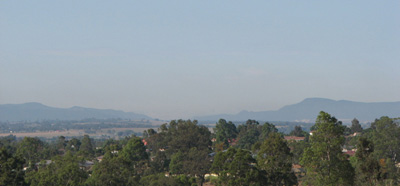
Next week I’ll be passing once more through the dust-laden skies of the poor old Hunter Valley. Looking north to Muswellbrook, you’d think it was Los Angeles smog, but no, just way too many coalmines.
I’ll be heading south, booktalking again, to Victoria. Having won two national short story awards given by Victorian Shires in the past, I’m happy to be returning.
On Monday November 12th I’ll be speaking at Lilydale Library’s Reading Café at 12.30.
On Tuesday afternoon the dynamic Ann Creber will be talking with me on her 3MDR radio show, ‘The Good Life’.
On Wednesday 14th at 7pm I’ll be speaking at the Eltham Library as part of their Red Chair series by artists.
Back in NSW, the following week I’m speaking at the State Library in Macquarie Street, Sydney, as part of their exhibition, ‘Impact: A Changing Land’.
This will be at 12 noon on Wednesday 21st and I’ll be doing a double act on the topic of ‘Choosing the good life’ with Adrienne Langman, author of ‘Choosing Eden: the real dirt on the coming energy crisis’.
